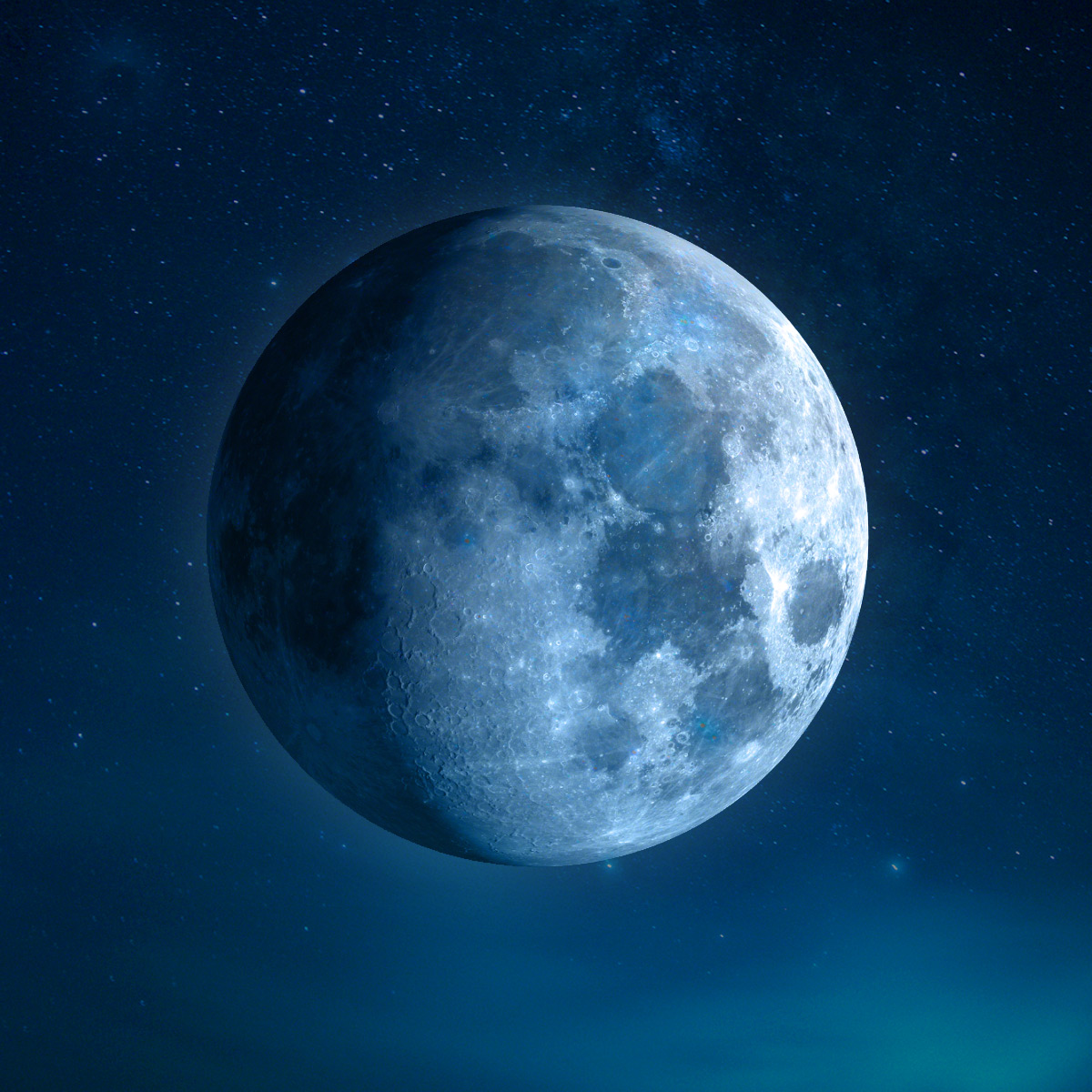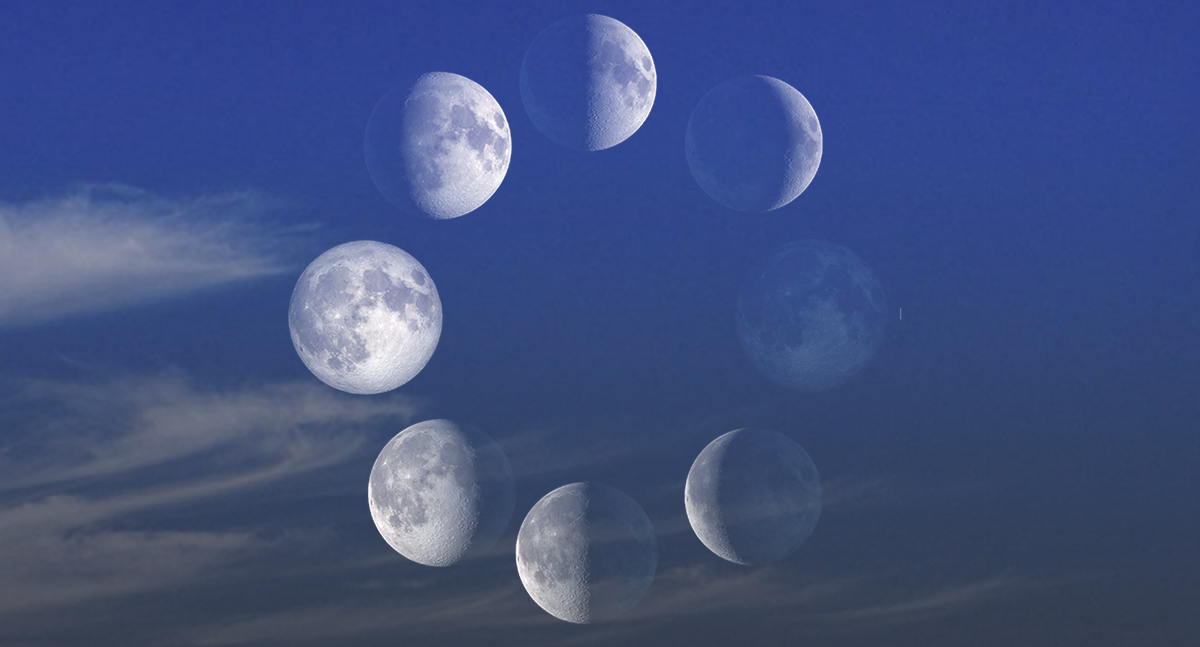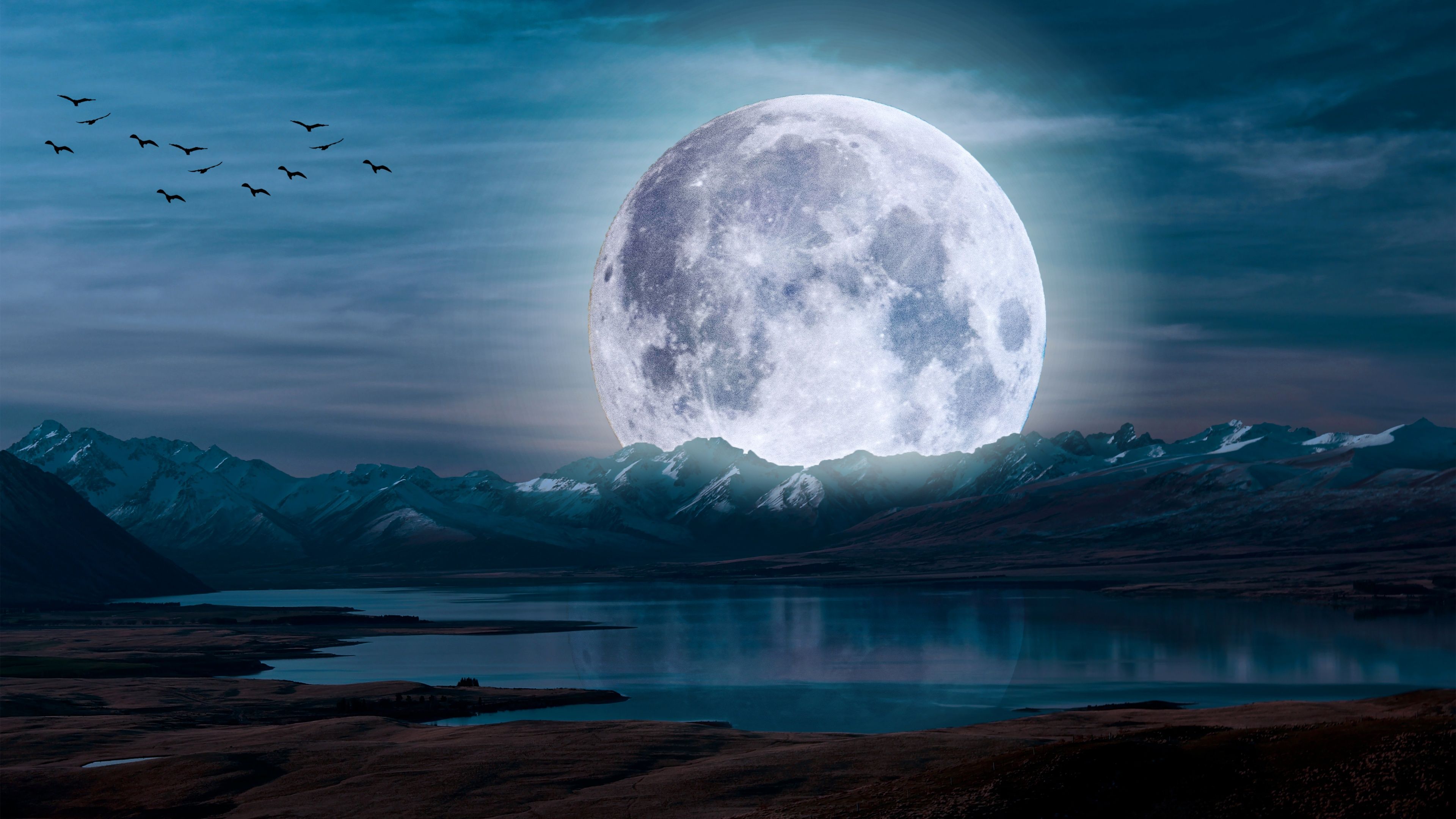Moon And Tiko In 2024 - The Latest Relationship Update
A lot of chatter has been going around lately, wondering about the bond between our very own Moon and its constant companion, Earth, sometimes affectionately called "Tiko" by some who follow their cosmic story. Is that connection still strong in 2024? What's the latest word on their age-old dance? It's a question many folks, you know, seem to be asking, especially as we look up at the night sky.
This isn't just about a far-off celestial pairing; it's a deep look into how their interplay shapes so much of what we experience down here. We're talking about the ebb and flow of the ocean, the steadiness of our days, and even how we track time, basically. Their connection, in a way, is what makes our home quite comfortable, actually.
From ancient stories to space age missions, their story is really quite a long one, full of interesting twists and turns. So, let's get into what's happening with Moon and Tiko right now, and see what the universe is telling us about their ongoing, very important connection. It's truly a fascinating tale, you know, that just keeps on unfolding.
- Unveiling The Legacy Of The Sopranos A Deep Dive Into The Iconic Series
- Unveiling Ray Benzinos Net Worth A Journey Through His Life And Career
- Unveiling The World Of Dylan Bratz The Iconic Doll That Redefined Fashion
- Discovering Camilla Araujo A Rising Star In The Spotlight
- Discovering The Life And Adventures Of Jake Anderson
Table of Contents
- Moon's Biography - Our Nearest Cosmic Friend
- How Does the Moon's Orbit Influence Earth - Are Moon and Tiko Back Together in 2024?
- What's the Moon Made Of - The Latest Update on Their Relationship
- How Did Our Moon Come to Be - A Look at Moon and Tiko's Beginnings
- Exploring the Moon - Are Moon and Tiko Still Connected in 2024?
- What's the Current Moon Phase - The Latest Update on Their Relationship
- Moon's Vital Role for Earth - A Steady Partnership
- Looking Ahead - The Future of Moon and Tiko
Moon's Biography - Our Nearest Cosmic Friend
Our Moon, Earth's sole natural satellite, is a truly remarkable object in the night sky. It's the brightest thing we see after the Sun, and people have known about it since, you know, very old times. Its English name, much like our planet's, has roots that stretch way back. It's, sort of, always been there for us, watching over our world.
This celestial body is, in fact, the fifth largest natural satellite found in our solar system. While it seems big to us, especially when it's full, it's actually much smaller than some of the really huge moons orbiting planets like Jupiter and Saturn. It's like, a smaller cousin in the big family of moons, if you think about it.
Here are some basic facts about our Moon, giving us a clearer picture of this important companion:
- Noah Lalonde A Rising Star In The Spotlight
- Where Is Anthony Geary Now A Journey Through His Life And Career
- The Enigmatic Voice Behind Train Meet The Singer Of Train
- Mozzys Wife Name An Insight Into His Personal Life
- Unveiling The Dynamic Duo Antony Starr And Erin Moriarty
| Detail | Description |
|---|---|
| Diameter | Approximately 2,160 miles (3,475 km) across. |
| Distance from Earth | Roughly ranges from 357,000 km to 407,000 km, changing throughout the year. |
| Classification | Earth's only natural satellite, fifth largest in the solar system. |
| Visibility | Can be seen with the unaided eye most nights, brightest object after the Sun. |
So, you see, while it's not the biggest moon out there, it's pretty significant for us, and its presence is, basically, something we can always count on. It's a pretty big deal, really, for our little corner of the universe.
How Does the Moon's Orbit Influence Earth - Are Moon and Tiko Back Together in 2024?
The Moon's journey around Earth is a monthly affair, and as it goes, the way the Earth, Moon, and Sun line up keeps changing. This continuous dance is what gives us the familiar cycle of the Moon's phases. It's how we know, for instance, if it's a new moon or a full moon, which, you know, has been important for people for ages.
This orbital movement has a profound impact on our planet, particularly when it comes to the ocean. The Moon's pull is what sets the rhythm for the ocean tides. It's like a gentle, yet very strong, hand guiding the water, making it rise and fall. This constant, predictable motion is, actually, a clear sign that Moon and Tiko are still very much in sync, in 2024 and always.
The distance between the Moon and Earth isn't always the same either; it changes over the course of the year. It can be as close as about 357,000 kilometers and as far as around 407,000 kilometers. This changing distance, naturally, affects the Moon's speed in its path. It's a subtle but important detail in their cosmic partnership, you know, showing how dynamic their connection is.
What's the Moon Made Of - The Latest Update on Their Relationship
Many people wonder what our Moon is actually made of. The general idea is that it's a rocky body, covered in a dusty surface. Scientists have, you know, learned a lot about its composition from samples brought back by missions and from observations. It's not just a big, bright light in the sky; it's a solid, physical place.
The Moon's surface has craters, mountains, and flat plains, which are basically old lava flows. These features tell a long story about its past, including times when it was, perhaps, hit by many space rocks. Learning about what the Moon is made of helps us get a better sense of how it formed and how it's changed over countless years, which is, honestly, pretty cool.
Understanding its make-up gives us, in a way, the latest update on its physical being, showing that it's a complex celestial body with its own distinct characteristics. It's not just a reflection of Earth; it has its own unique story etched into its very material, you know, a story that continues to unfold as we study it more.
How Did Our Moon Come to Be - A Look at Moon and Tiko's Beginnings
The story of how our Moon came into being is, frankly, a rather dramatic one. Scientists believe it had a violent start, likely forming from the debris left over after a huge impact between a very early Earth and another large body, perhaps the size of Mars. This big crash, basically, flung material into space, which then clumped together to form the Moon. It's quite a tale, you know, of cosmic creation.
This fiery birth means that the Moon and Earth, or Moon and Tiko as we're calling them, share a common origin story. Their relationship, in a way, began with a bang. This violent beginning shaped not only what the Moon is made of but also its early relationship with our planet, setting the stage for their long dance through space. It's, sort of, a powerful beginning to their long connection.
The Moon's phases, which we see as it circles Earth, were incredibly important for some of the earliest calendars. People used the changing appearance of the Moon to keep track of time, seasons, and important events. So, its very existence and its changing look helped shape human civilization from its very beginnings, which is, actually, quite remarkable.
Exploring the Moon - Are Moon and Tiko Still Connected in 2024?
Humans have, you know, sent many missions to explore the Moon. From the very first robotic probes to the Apollo missions that put people on its surface, our desire to learn more about our closest celestial neighbor has been strong. These explorations have given us a lot of information about its formation, its composition, and its history. It's a clear sign that the connection between Moon and Tiko is still very much alive and, honestly, being actively investigated.
The history of lunar exploration is a story of human curiosity and ingenuity. These missions have allowed us to gather actual samples of moon rock and soil, which scientists have studied in great detail. This hands-on learning, basically, helps us piece together the Moon's past and understand its current state. We're still, you know, sending new missions and planning future ones, showing our ongoing interest.
The fact that we continue to study and visit the Moon, even in 2024, shows that its bond with Earth is something we still value and want to understand better. It's not just a distant object; it's a partner in our solar system journey, and our efforts to explore it are a testament to that enduring connection. It's, like, a continuous conversation between us and our cosmic friend.
What's the Current Moon Phase - The Latest Update on Their Relationship
Keeping track of the Moon's current phase is, you know, a simple way to observe its ongoing relationship with the Sun and Earth. As of Monday, July 14, the Moon phase is still in a waning gibbous stage. This means that, even days after the full moon, it's still mostly lit up, gradually shrinking in its illuminated portion. It's a subtle change, but one that happens every month, pretty much.
Tonight, for example, the Moon will be about 85% illuminated. This is a good example of how its appearance changes day by day, even when it's still quite bright in the sky. You can, you know, see the Moon with your own eyes on most nights, which is a lovely reminder of its constant presence and its predictable cycle. It's, honestly, a beautiful sight to behold.
This regular cycle of phases is a very clear indicator of the Moon's consistent orbit around Earth. It's a natural clock in the sky, providing a steady rhythm for our planet. So, when you ask about the latest update on their relationship, the Moon's current phase is, basically, a daily confirmation that their dance continues, just as it always has. It's a very reliable sort of thing, if you think about it.
Moon's Vital Role for Earth - A Steady Partnership
The Moon plays a truly vital role in making Earth a place where life can thrive. It's not just a pretty face in the night sky; it actually helps to moderate our home planet's wobble on its axis. This moderating effect leads to a relatively stable climate, which is, honestly, super important for all the living things here. Without it, our planet's tilt might change too much, causing extreme and unpredictable weather patterns. It's, like, a cosmic stabilizer, in a way.
Beyond climate stability, the Moon is also a keeper of our solar system's history. Its surface, with all its craters, holds a record of impacts from space rocks over billions of years. By studying these marks, scientists can, you know, learn a lot about what was happening in the early solar system. It's almost like a giant, ancient history book floating in space, offering us clues about the past.
So, the Moon's presence is not just a matter of aesthetics; it's a fundamental part of what makes Earth livable. Its steady partnership with our planet ensures a rhythm and stability that we often take for granted. It’s a very important piece of our cosmic puzzle, you know, keeping things balanced and predictable for us down here.
Looking Ahead - The Future of Moon and Tiko
The relationship between Moon and Tiko, our Earth, is an ongoing story, one that continues to unfold with each passing day. As we look ahead, our understanding of their bond will, you know, only grow deeper. Scientists are still learning about the Moon's violent origins and how its early phases might have shaped the very first calendars used by humans. There's so much more to discover about this familiar yet mysterious neighbor.
Future missions, both robotic and those carrying people, will surely bring back even more insights into the Moon's make-up and its past. We're, basically, always pushing the boundaries of what we know, trying to get a clearer picture of this celestial body that has been with us since the very beginning. It's a continuous quest for knowledge, really, that shows our enduring fascination.
The Moon's dependable presence, its influence on our tides, and its role in keeping our climate steady all point to a relationship that is, you know, built to last. So, when we ask if Moon and Tiko are back together in 2024, the answer is a resounding yes. Their connection is as strong and as vital as ever, continuing to shape our world in countless ways. It's a pretty amazing thing, honestly, to witness this cosmic dance.
In summary, the Moon, our Earth's natural satellite, continues its vital role in 2024, influencing ocean tides, stabilizing our planet's axis for a consistent climate, and holding a record of solar system history. Its formation from a violent ancient impact, its composition, and its changing distance from Earth are all aspects of its ongoing, dynamic relationship with our planet. Human exploration has revealed much about this celestial body, and we continue to observe its phases and study its profound impact on Earth, confirming their enduring connection.
- Exploring The Life And Legacy Of Josephine Rogers
- Simon Cowells Journey As A Father Understanding His Sons Disability
- The Remarkable Life Of Kris Jenners Mother A Legacy Of Strength And Resilience
- Exploring The Talents Of Charlie Murphy The Actress Who Shines Bright
- Unveiling The Life And Career Of Henry Ian Cusick

Moon Phase on May 24, 2024

Moon Phases | Phases, Eclipses & Supermoons – Moon: NASA Science

Moon 4k Wallpapers - 4k, HD Moon 4k Backgrounds on WallpaperBat